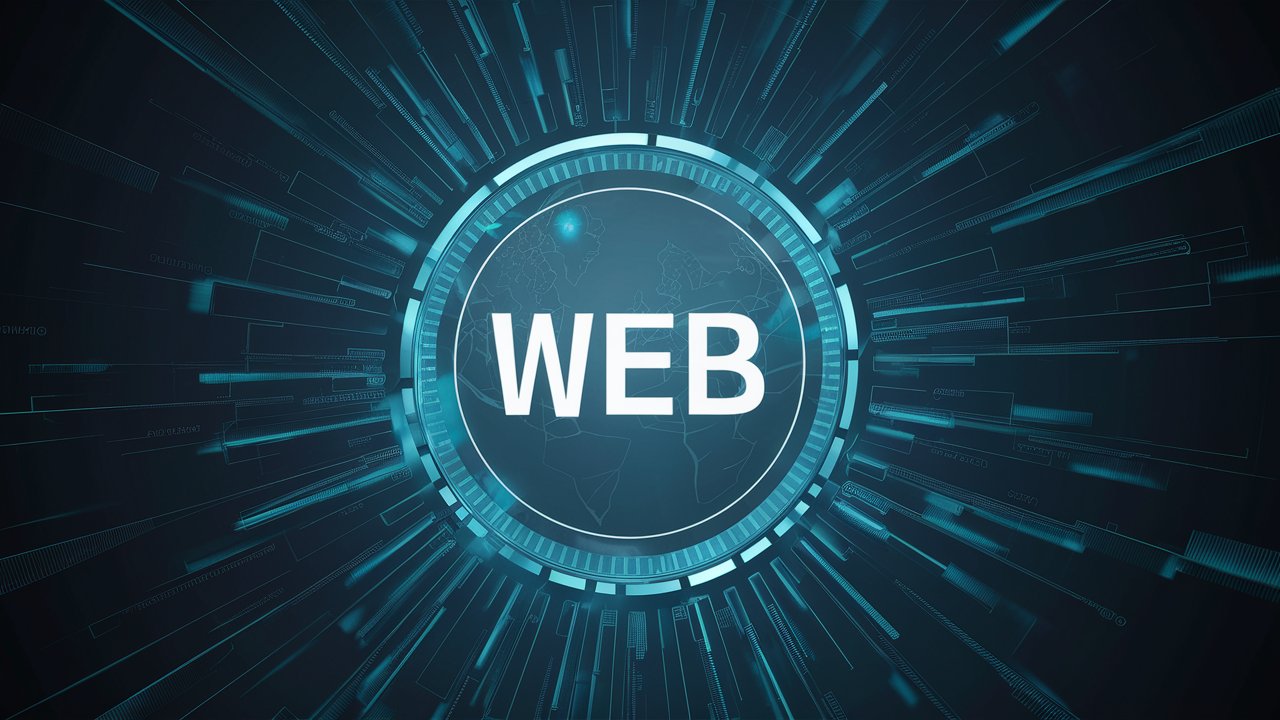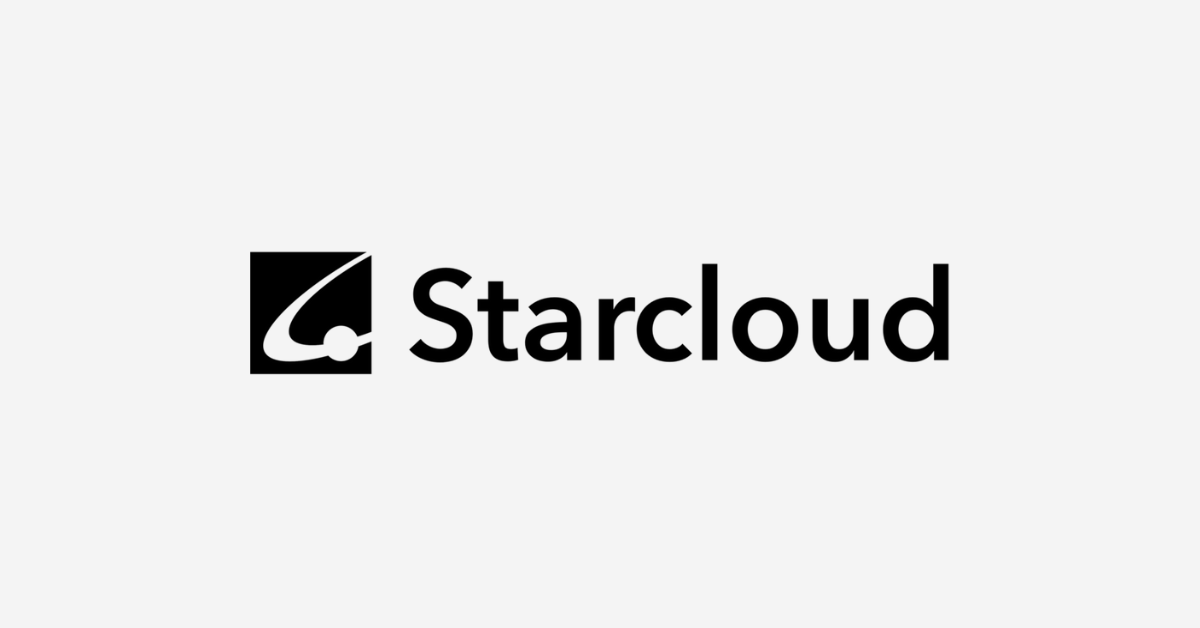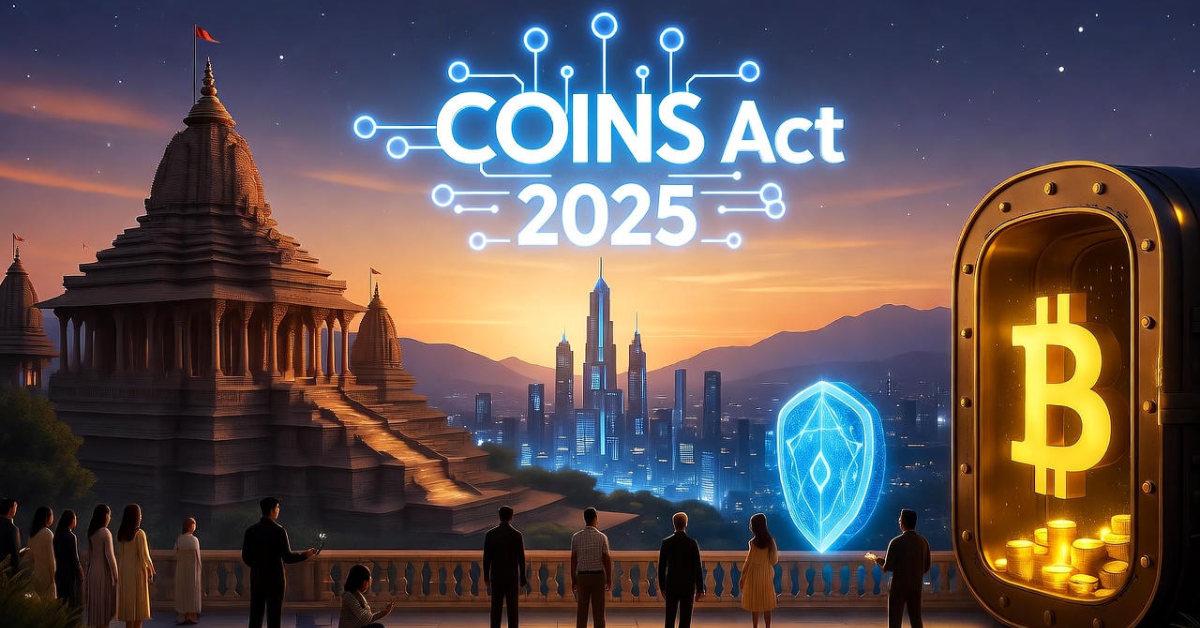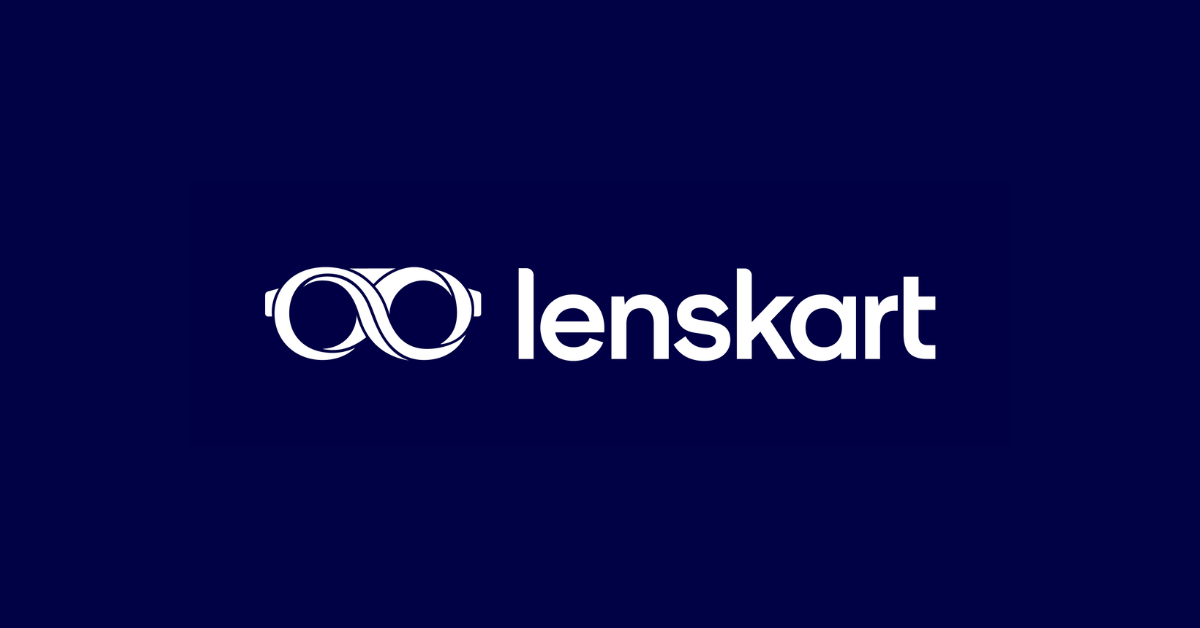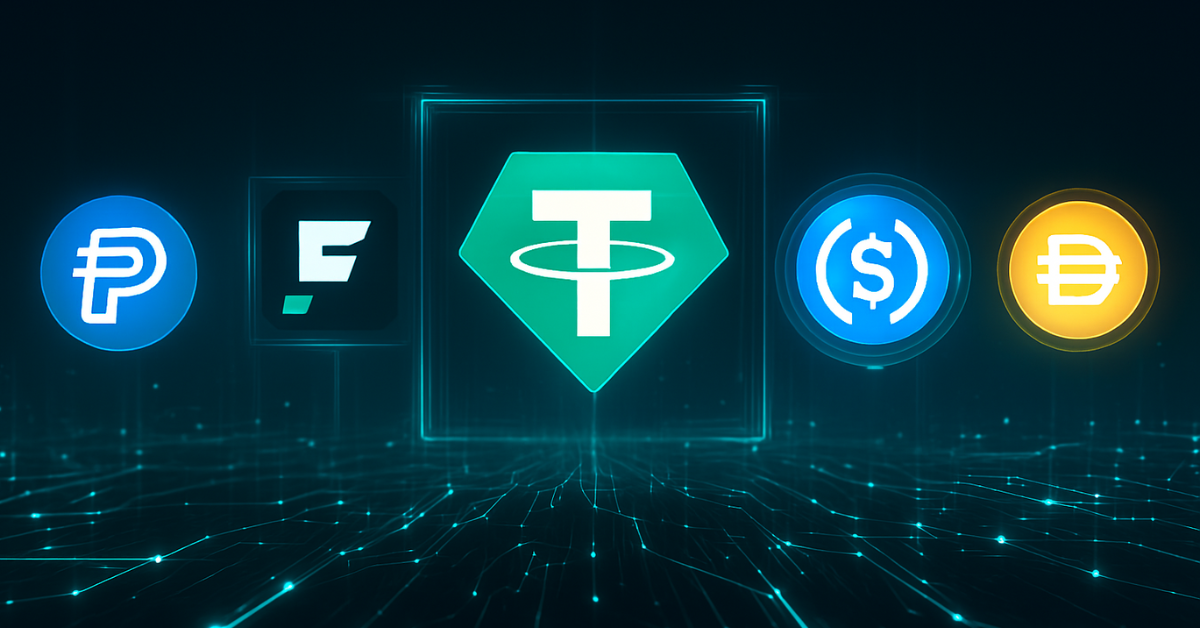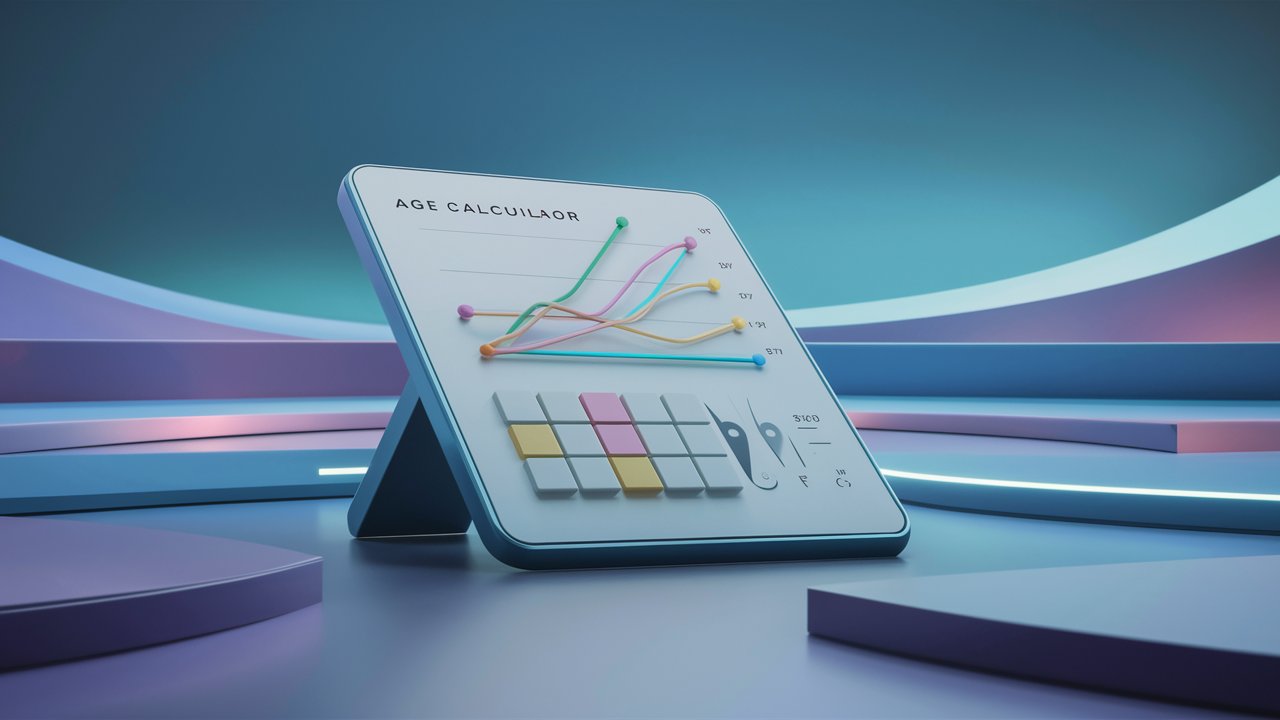- Home
- /
- Courses
- /
- Fundamentals of Web3.0
- /
- J. Future of Web3.0
Introduction
As we reach the culmination of our exploration into Web3.0, we stand at the intersection of theory and practice, ready to synthesize the knowledge gained from blockchains, smart contracts, dApps, DeFi, NFTs, DAOs, and decentralized storage into a tangible project. The decentralized internet is not just a technological shift but a movement toward a user-centric, transparent, and equitable digital world. This chapter bridges the gap between understanding and application through a capstone project, challenging you to build a Web3.0 solution that embodies these principles. Simultaneously, we’ll peer into the future of Web3.0, examining emerging trends like privacy enhancements, decentralized identity, and metaverse integration, alongside the regulatory and societal challenges shaping this ecosystem. By the end, you’ll not only have a practical blueprint for contributing to Web3.0 but also a clear vision of its transformative potential in 2025 and beyond.
Imagine crafting a decentralized application that empowers users—perhaps a marketplace for creators, a governance system for a community, or a financial tool for the unbanked—while navigating the evolving landscape of Web3.0. As of August 2025, Web3.0’s total value locked (TVL) across protocols exceeds $200 billion, with over 20 million active wallet addresses monthly, signaling mainstream traction. Yet, the journey is just beginning. This chapter equips you to build a capstone project and prepares you to anticipate Web3.0’s next frontier, where innovation meets real-world impact.
Capstone Project: Building a Web3.0 Application
The capstone project is your opportunity to apply the concepts from this book to create a functional Web3.0 application. Whether you’re a developer, entrepreneur, or enthusiast, this project will solidify your understanding and showcase your skills. Below, we outline the guidelines, potential project ideas, and development process.
Project Guidelines
Your capstone project should:
- Leverage Web3.0 Technologies: Incorporate at least one core element (e.g., smart contracts, decentralized storage, or blockchain integration).
- Solve a Real-World Problem: Address a use case, such as financial inclusion, digital ownership, or community governance.
- Be Deployable: Target a testnet (e.g., Sepolia, Polygon Mumbai) for cost-free testing, with optional mainnet deployment.
- Include a Frontend: Create a user-friendly interface using web technologies (e.g., React, JavaScript).
- Demonstrate Impact: Articulate how your project aligns with Web3.0’s ethos of decentralization and user empowerment.
Project Ideas
Here are four project ideas, each leveraging different Web3.0 components:
- Decentralized Marketplace: Build a platform for trading digital goods (e.g., NFTs or services) using ERC-721 or ERC-1155 standards, with metadata stored on IPFS and transactions on Polygon for low fees.
- DAO Governance Tool: Create a DAO using Aragon or Snapshot, enabling community voting on proposals (e.g., funding local projects). Include a frontend for proposal submission and voting.
- DeFi Yield Aggregator: Develop a tool that aggregates yield opportunities from protocols like Aave or Compound, displaying optimal strategies for users to maximize returns.
- Decentralized Storage App: Build a dApp for secure file storage using Filecoin or Arweave, with encryption for privacy and a frontend for file uploads and retrievals.
Development Process
Follow these steps to build your project:
- Define Scope: Choose a project idea and outline its features, user flow, and technical requirements.
- Smart Contract Development: Write Solidity contracts using Remix IDE or Hardhat. For example, a marketplace contract might include functions for listing, buying, and transferring NFTs.
- Frontend Development: Use React or Vue.js to create a user interface, integrating with MetaMask for wallet connections and Ethers.js for blockchain interactions.
- Decentralized Storage: Store non-critical data (e.g., images, metadata) on IPFS or Filecoin using tools like Pinata.
- Testing: Deploy to a testnet (e.g., Sepolia) to test functionality without real costs. Use Truffle’s testing suite to simulate user interactions.
- Presentation: Record a 5-minute demo video showcasing your project’s functionality, explaining its Web3.0 components, and highlighting its impact.
For example, a decentralized marketplace might involve:
- A Solidity contract for NFT minting and trading.
- A React frontend where users connect MetaMask to list or buy NFTs.
- IPFS for storing NFT metadata, linked via CIDs.
- Deployment on Polygon Mumbai testnet, with transactions costing $0.001.
- A demo video showing a user minting an NFT, listing it, and completing a sale.
This process mirrors real-world Web3.0 development, preparing you for professional contributions.
Emerging Trends in Web3.0
As Web3.0 matures in 2025, several trends are shaping its future, driven by technological advancements and user demands. These trends not only enhance scalability and usability but also expand Web3.0’s societal impact.
Web3.0 Privacy
Privacy is a growing concern in Web3.0, as public blockchains expose transaction details. Emerging solutions include:
- Zero-Knowledge Proofs (ZKPs): Protocols like zkSync and Aztec use ZKPs to enable private transactions while maintaining verifiability. For instance, Aztec’s zk.money allows users to shield Ethereum transactions, hiding amounts and recipients.
- Private DAOs: Tools like Tornado Cash (despite regulatory scrutiny) and new privacy-focused DAOs enable anonymous voting and fund allocation. By 2025, 30% of DeFi protocols will integrate ZKPs, enhancing user trust and compliance with privacy regulations.
Decentralized Identity
Decentralized identity (DID) empowers users to control their digital identities without relying on centralized providers like Google. Standards like W3C’s DID and Ethereum’s ENS enable self-sovereign identities, where users manage credentials via cryptographic keys. For example:
- A user might use ENS (e.g., alice.eth) to log into dApps, replacing email-based logins.
- Verifiable credentials on Polygon allow job seekers to prove qualifications without sharing sensitive data. By 2025, DID adoption will grow 25% annually, with pilots in healthcare (patient records) and education (digital diplomas).
Metaverse Integration
The metaverse, a virtual shared space, is converging with Web3.0, leveraging NFTs, DAOs, and decentralized storage. Platforms like Decentraland and The Sandbox use NFTs for virtual land ownership and DAOs for community governance. In 2025, metaverse economies generate $10 billion, with users hosting events, building businesses, or trading assets on-chain. For instance, a virtual concert in Decentraland might use NFTs for tickets and IPFS for streaming, with proceeds distributed via a DAO.
AI and Web3.0
Artificial intelligence is enhancing Web3.0 by optimizing smart contracts, predicting market trends, and improving UX. AI-driven DAOs propose governance changes based on data analytics, while DeFi platforms use machine learning to optimize yield farming. By 2025, 15% of Web3.0 projects will incorporate AI, with tools like ChainML offering decentralized AI models for dApps.
Regulatory Landscape
Web3.0’s growth faces regulatory scrutiny, shaping its trajectory:
- Global Policies: The EU’s MiCA (Markets in Crypto-Assets) framework, fully implemented in 2025, regulates stablecoins and DeFi protocols, requiring KYC for some dApps. The U.S. classifies certain DAOs as securities, impacting governance tokens.
- Stablecoin Oversight: Centralized stablecoins like USDC face stricter audits, while decentralized ones like DAI gain favor for compliance flexibility.
- Taxation and AML: Countries enforce tax reporting for crypto transactions, with tools like Chainalysis tracking on-chain activity for anti-money laundering (AML) compliance.
These regulations aim to protect users, but risk stifling innovation. Web3.0 communities advocate for balanced policies, with DAOs funding legal research to influence lawmakers.
Social and Economic Impacts
Web3.0’s decentralized ethos has profound implications:
- Financial Inclusion: DeFi platforms like Aave provide loans to unbanked populations, with 10 million users in developing nations by 2025.
- Creator Economy: NFTs and DAOs empower artists and communities, redistributing wealth from intermediaries to creators. For example, artists earn $1 billion in NFT royalties annually.
- Decentralized Work: DAOs like Gitcoin fund freelancers globally, with $50 million in bounties paid in 2025.
- Data Sovereignty: Decentralized storage and DID give users control over personal data, reducing reliance on Big Tech.
However, challenges like digital divides and speculative bubbles (e.g., NFT market volatility) highlight the need for education and equitable access.
Future of Web3.0
Looking beyond 2025, Web3.0 is poised for exponential growth:
- Mass Adoption: By 2030, Web3.0 wallets could exceed 100 million, driven by simplified UX and mobile integrations.
- Interoperability: Protocols like Polkadot and Cosmos will unify blockchains, enabling seamless cross-chain dApps.
- Sustainability: Energy-efficient chains like Ethereum PoS and Hedera reduce environmental impact, addressing criticism.
- Policy Evolution: Collaborative efforts between DAOs and regulators will shape balanced frameworks, fostering innovation while ensuring consumer protection.
Web3.0’s future is a decentralized, inclusive internet where users, not corporations, hold the reins.
Recommended Readings
To deepen your understanding of Web3.0’s future and capstone project development, explore these resources:
- “The Web3.0 Manifesto” (Web3 Foundation): Outlines the vision for a decentralized internet, with insights into future trends.
- “Mastering Ethereum” by Andreas M. Antonopoulos and Gavin Wood: Covers dApp development, ideal for capstone project guidance.
- “Decentralized Identity Explained” by Alex Preukschat and Drummond Reed: A deep dive into DID standards and applications.
- “The Metaverse: And How It Will Revolutionize Everything” by Matthew Ball: Explores metaverse-Web3.0 convergence, updated for 2025 trends.
- “Web3.0 in 2025: Trends and Predictions” (CoinTelegraph article): A forward-looking analysis of privacy, interoperability, and adoption.
Conclusion
The capstone project is your gateway to contributing to Web3.0, transforming theoretical knowledge into practical impact through a decentralized application. Meanwhile, the future of Web3.0 shines bright, with privacy solutions, decentralized identities, and metaverse integration driving a user-centric internet. Regulatory and societal challenges persist, but the momentum—$200 billion in TVL, millions of active users—signals a paradigm shift. This chapter has equipped you to build and envision Web3.0’s next phase, from crafting a dApp to anticipating a world where decentralization empowers all. As you embark on your project, you’re not just coding—you’re shaping the future of the internet.

